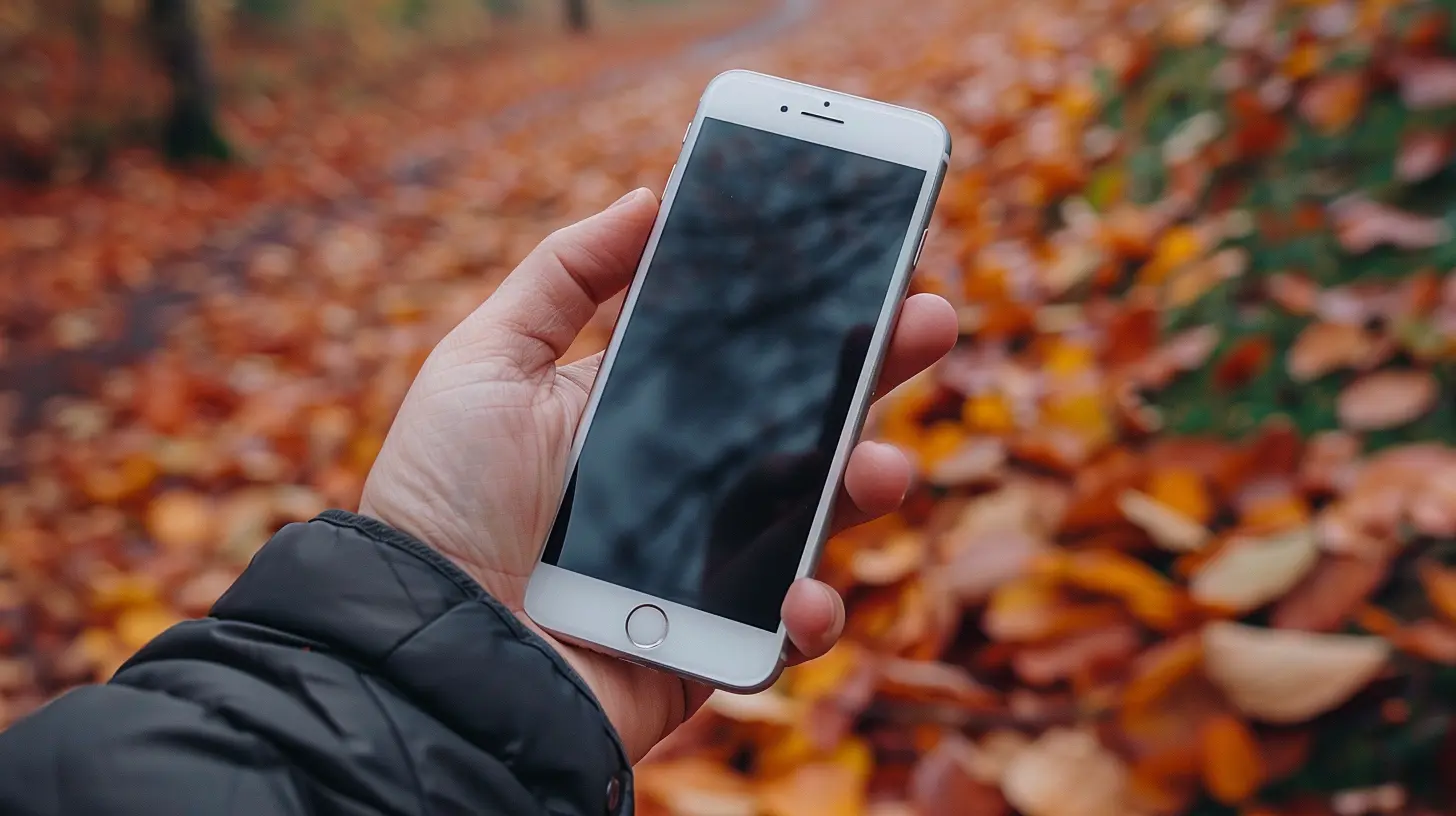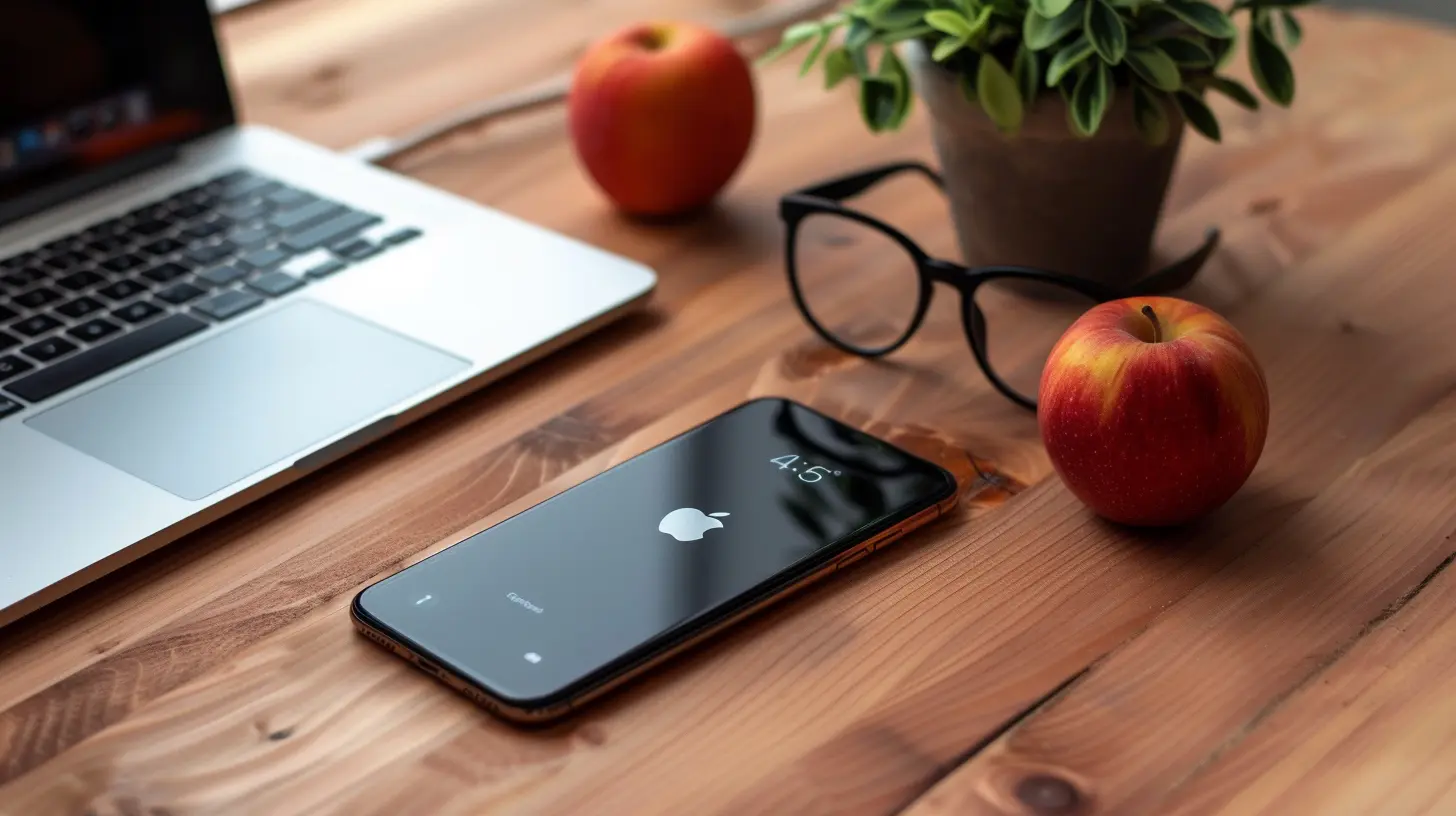How to Keep Your Mobile Device Safe from Cyber Threats
24 November 2025
We live in a world that's constantly glued to screens. From catching up on the latest viral memes to handling online bank transfers, our mobile devices are practically an extension of ourselves. But with that level of access and convenience comes a not-so-fun reality: cyber threats.
If you’ve ever received a shady-looking text message with a suspicious link or noticed your phone behaving oddly, you’re not alone. Smartphones are little data goldmines for hackers. So, how do you make sure your beloved device doesn’t turn into an all-you-can-eat buffet for cybercriminals?
Let’s break it down—simple, practical, and no-nonsense.
Why Should You Even Care About Mobile Cybersecurity?
First off, let’s answer the burning question: why does this matter?Because your phone isn’t just a phone anymore. It’s a camera, a wallet, a messenger, a GPS, and probably even your work-from-anywhere command center. More importantly, it stores sensitive information—think banking details, passwords, personal photos, contacts, and private conversations.
Hackers know this. And that’s exactly why mobile devices are prime targets.
In 2023 alone, cyberattacks on mobile devices skyrocketed. Phishing attempts, malware, and ransomware attacks became increasingly sophisticated. Ignoring mobile security now is like leaving your front door wide open in a busy city—you're just waiting for trouble.
Common Types of Mobile Cyber Threats
To protect yourself, you need to understand what you’re up against. Let’s look at the most common types of cyber threats targeting mobile users:1. Phishing Scams
Phishing is sneaky. You get a message that “looks” official—a text from your bank, a WhatsApp from a contact, or an email that mimics Amazon. But there’s a catch: it’s fake, and clicking on it could compromise your data.2. Malware & Spyware
This is the nasty stuff. Malware infects your device and grants backdoor access to your data. Spyware, on the other hand, secretly monitors your activity—like a creepy digital stalker.3. Unsecured Wi-Fi Networks
Free Wi-Fi at coffee shops? Tempting, sure. But these open networks are playgrounds for hackers to intercept your data. A fake hotspot could easily steal your passwords and sensitive info without you even noticing.4. App-Based Threats
Downloading that shiny new flashlight app? If it’s from an untrusted source, you could be installing malware right along with it. Apps can request permissions they have no business asking for.5. SIM Swapping
This one is brutal. Cybercriminals trick your service provider into giving them control of your phone number. Once they gain access, they could bypass two-factor authentication and get into your most secure accounts.
15 Practical Ways to Keep Your Mobile Device Safe
Alright, enough doom and gloom. Here’s where we take action—real-world, doable steps that don’t require a degree in computer science.1. Use Strong, Unique Passwords
Let’s face it—using "123456" or "password" doesn’t cut it anymore. Create strong, unique passwords for each account. Use a mix of letters, numbers, and symbols. And if you can’t remember them all (who can?), use a trusted password manager.2. Enable Biometric Locks
Fingerprint or face recognition? Yes, please. These features add a solid layer of security, and let’s be honest—they’re super convenient. Always lock your screen.3. Keep Your OS and Apps Updated
Software updates don’t just bring new emojis—they often patch serious security vulnerabilities. The longer you delay, the more exposed your device is.4. Download Apps Only from Official Stores
Google Play Store and Apple’s App Store might not be perfect, but they’re a lot safer than shady third-party sites. Always read reviews and check the developer before downloading anything.5. Limit App Permissions
Why does a calculator app need access to your camera and contacts? It doesn’t. Go through your app permissions and revoke anything unnecessary.6. Avoid Public Wi-Fi or Use a VPN
Need internet on the go? If you must use public Wi-Fi, use a VPN. It encrypts your data and hides it from prying eyes. No VPN? Hold off on accessing anything sensitive until you’re on a secure connection.7. Install Mobile Security Software
Just like you’d have antivirus on your laptop, get a reliable mobile security app. Many tools offer real-time scanning, anti-theft features, and malware detection.8. Turn Off Bluetooth When Not in Use
It may seem harmless, but leaving Bluetooth on invites unwanted pairing attempts. Hackers can exploit open Bluetooth connections to gain access to your device.9. Enable Remote Wipe
If your phone is lost or stolen, remote wipe lets you erase all the data remotely. Both Android and iOS have built-in tools for this—use them!10. Set Up Two-Factor Authentication (2FA)
Even if someone cracks your password, 2FA stops them in their tracks. Use authentication apps like Google Authenticator or Authy for added security.11. Be Wary of Suspicious Messages and Links
Whether it's SMS, email, or social media DMs, do not click on links from unknown senders. When in doubt, just don’t tap.12. Back Up Your Data Regularly
Accidents—and hacks—happen. Backing up to the cloud or an external drive ensures you won’t lose everything if your phone is compromised.13. Use Secure Messaging Apps
Apps like Signal and Telegram offer end-to-end encryption, meaning your conversations are safe, even from the app providers themselves.14. Pay Attention to Your Mobile Bills
Unexpected charges? You may have malware dialing premium-rate numbers in the background. Always review your statements closely.15. Don’t Jailbreak or Root Your Device
Tempting as it is to unlock advanced features, jailbreaking or rooting leaves your phone wide open to threats. Unless you really know what you’re doing—just don’t.
Signs Your Device Might Be Compromised
Wondering if your device is already under attack? Look out for these red flags:- Drastically reduced battery life
- Overheating for no reason
- Strange pop-ups or ads
- Apps you didn’t download
- Data usage spikes
- Unexplained charges
- Sluggish performance
If any of these sound familiar, it’s time for a deep security check or a visit to a professional.
Kids and Mobile Security—Don’t Forget the Little Ones
Let’s not forget the younger users. Kids are especially vulnerable because they dive headfirst into games, videos, and social media without thinking twice about safety.Parental controls and child-friendly security apps can go a long way. Teach them early about cyber hygiene—like not talking to strangers online and always asking before downloading anything.
The Future of Mobile Security: What’s Next?
With AI and machine learning becoming more integrated into cybersecurity, we can expect smarter protection mechanisms. But guess what? Hackers are also getting smarter.Expect biometric spoofing, AI-generated phishing attacks, and more creative scams. So the key here is to stay educated and stay skeptical.
Final Thoughts
Your mobile device is basically your digital life in your pocket. Treat it with the same care you would give your house keys or your wallet. Cyber threats aren’t going anywhere, but with a little vigilance and the right habits, you can stay miles ahead of the bad guys.Remember, cybersecurity isn’t just a tech problem—it’s a people problem. And the solution starts with you.
So, the next time you're tempted to click that “You’ve won a free iPhone” link... maybe pause for a second.
all images in this post were generated using AI tools
Category:
Mobile DevicesAuthor:

Kira Sanders

